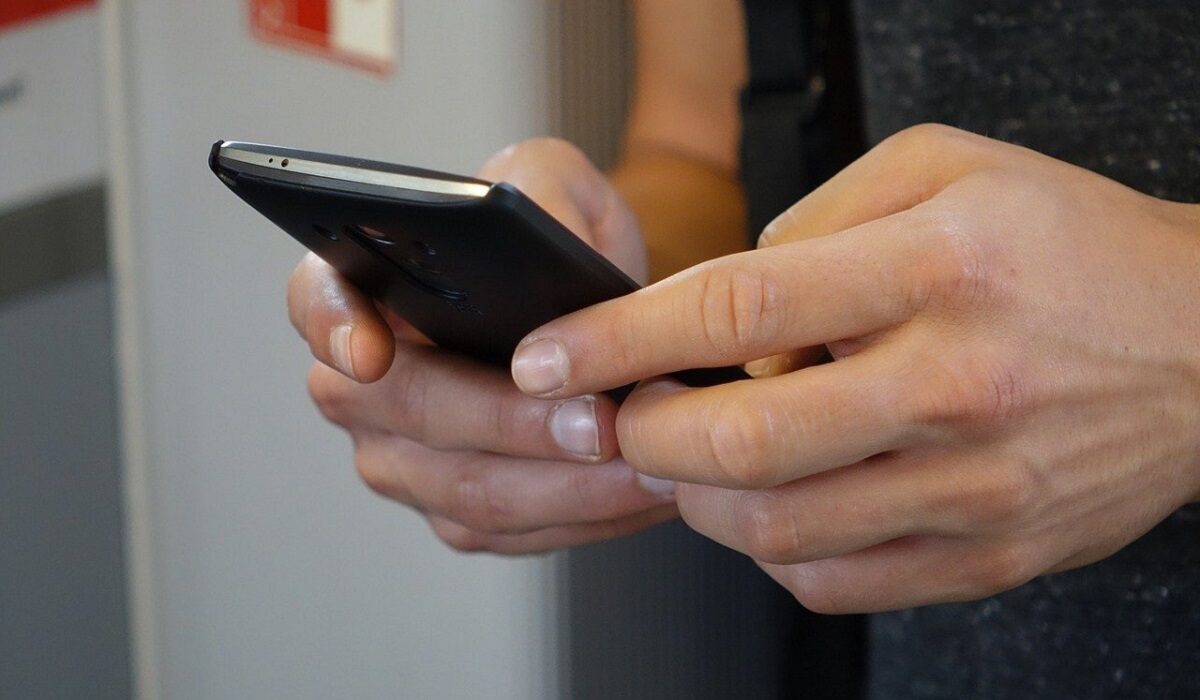Have you ever experienced having to switch between two devices? Imagine that you’re using your computer and somehow also need to use your phone at the same time, perhaps to respond to a text message. Usually, switching back and forth between your mobile device and your mouse and keyboard can quickly get tiresome.
Thankfully, there’s a way to fully control your Android smartphone from your computer, such that whatever you need to do on your mobile device gets done on your computer. This way, you do what you need to without having to switch back and forth between both devices.

We’ll show you how to accomplish this in this easy guide, just make sure to pay attention to the instructions we’ve provided for you.
How Can I Operate my Android Phone From My Computer?
There are several steps to take to make this possible, but we’re sure you’ll be able to get it done if you follow these instructions carefully:
Step 1: You’ll need to install ADB drivers first if you’re using a Windows computer. Therefore, if you click on this link, the driver file should start downloading right away. Note that you can just proceed to the next step instead if you’re a Mac user. When the download is finished, launch it and then adhere to the installation instructions.
Step 2: The next step is to activate ADB on your Android device, after which you must confirm that connections from your computer are always permitted. So, after using a USB data cable to connect your smartphone or tablet to your computer, access the Settings page on your Android device.
Visit the “Developer options” menu from here (if you don’t see an entry for it, make sure you enable Developer options first). After that, select “USB debugging” and click “OK” to close the box.
You should now see a further popup asking if you want to accept an ADB connection from this device while your phone is still connected to your PC. Toggle the “Always allow from this computer” checkbox, then click “OK” on the dialog that appears.
Step 3: Next, use your computer’s Google Chrome browser to navigate to this link. To install the Vysor Chrome app from here, click the “Add to Chrome” icon at the top of the window.
After installing Vysor, select “Launch App” or use the Chrome App Launcher by clicking the bookmarks bar at the top of your screen, and then selecting the Vysor icon.
Step 4: Using your computer to monitor and manage your Android smartphone will be incredibly simple moving forward once Vysor has been installed and ADB has been configured. Start by selecting “Find Devices” from the main menu of Vysor.
After selecting your Android device from the list and clicking “Select,” your screen should begin to appear on your computer in a matter of seconds. If you’re experiencing difficulties connecting, go back to Step 1 of this guide or look online for professional advice on configuring and fixing USB Debugging.
Step 5: Once you’ve established a connection, a window on your computer should display the screen of your Android device. From this point, you can operate your phone or tablet as usual from your computer using your mouse or keyboard.
However, you need to be aware of a few keyboard shortcuts. The ESC key can be used to mimic the back button, the F1 key to enter the menu on Android, and the Home key to fast return to your home screen. These keyboard shortcuts may differ on a MacBook or they may not function at all.
The window on your laptop will automatically rotate to accommodate the contents of your screen if you open an app in landscape orientation. The same is true if you wish to change the size of this window; simply drag from any of the corners, and the contents will adjust automatically to match the window.
Step 6 (optional): It’s also very simple to use Vysor if you ever need to give someone else control of your device, for testing or troubleshooting purposes for instance. Simply connect your smartphone to your computer, run Vysor as usual, and then select “Share” from the main menu. Please take note that this function now requires Vysor Pro.
You’ll now receive a notice letting you know that a link to share the screen of your device has been copied to your clipboard. Simply open your preferred messaging app or email app, copy this link, and then send it to the other person.
In conclusion, you can make your work easier and more focused simply by operating all your activities from your computer, rather than switching between your smartphone and computer.
Use the instructions we’ve provided here to guide yourself through the process, and feel free to recommend this guide to anyone else you think might be interested in it.
- Don’t miss our mobile phone reviews.
- Follow our news on Google News.
- Join our WhatsApp Group, to be notified of the most important articles and deals,
- Follow us on Instagram, Facebook, Twitter, and YouTube.